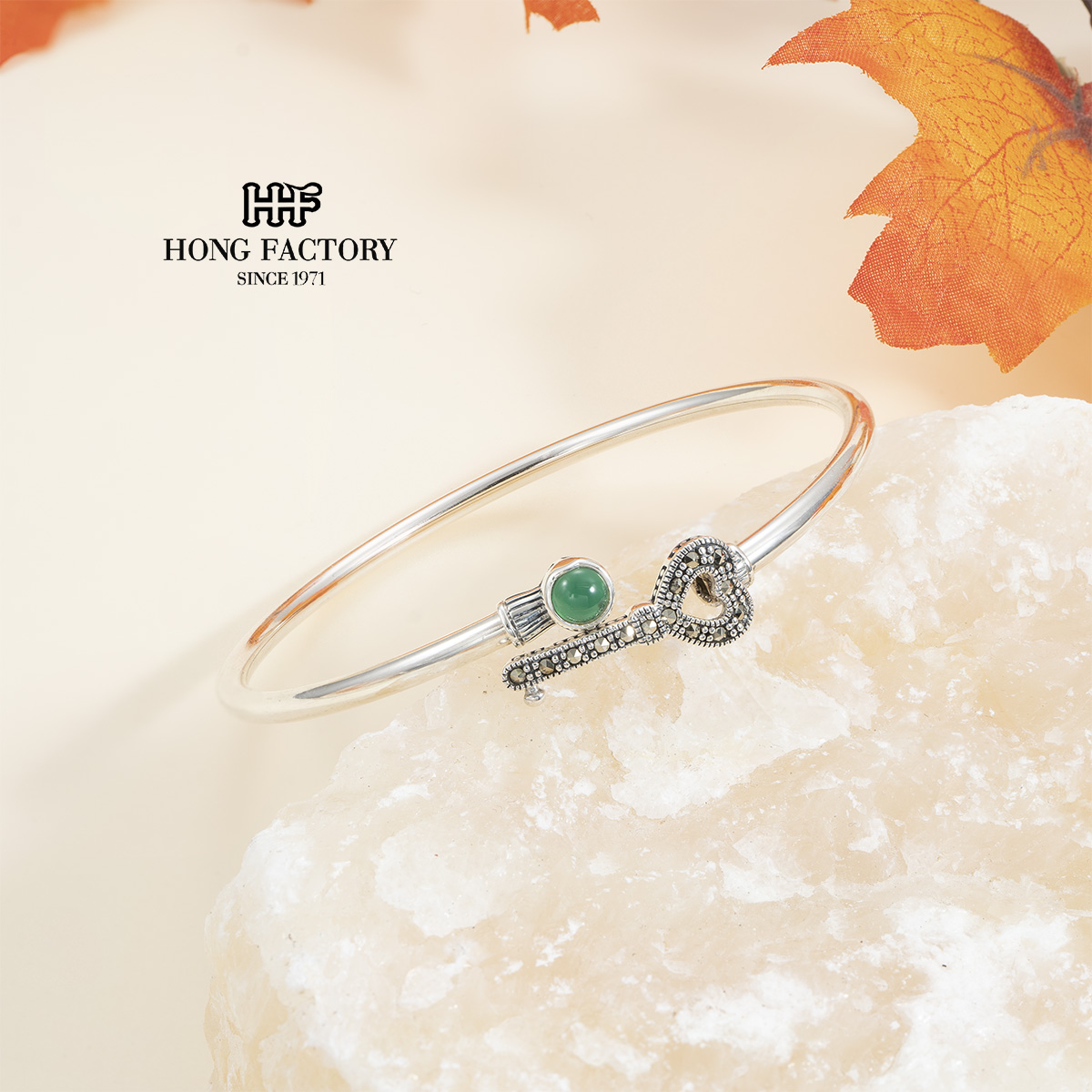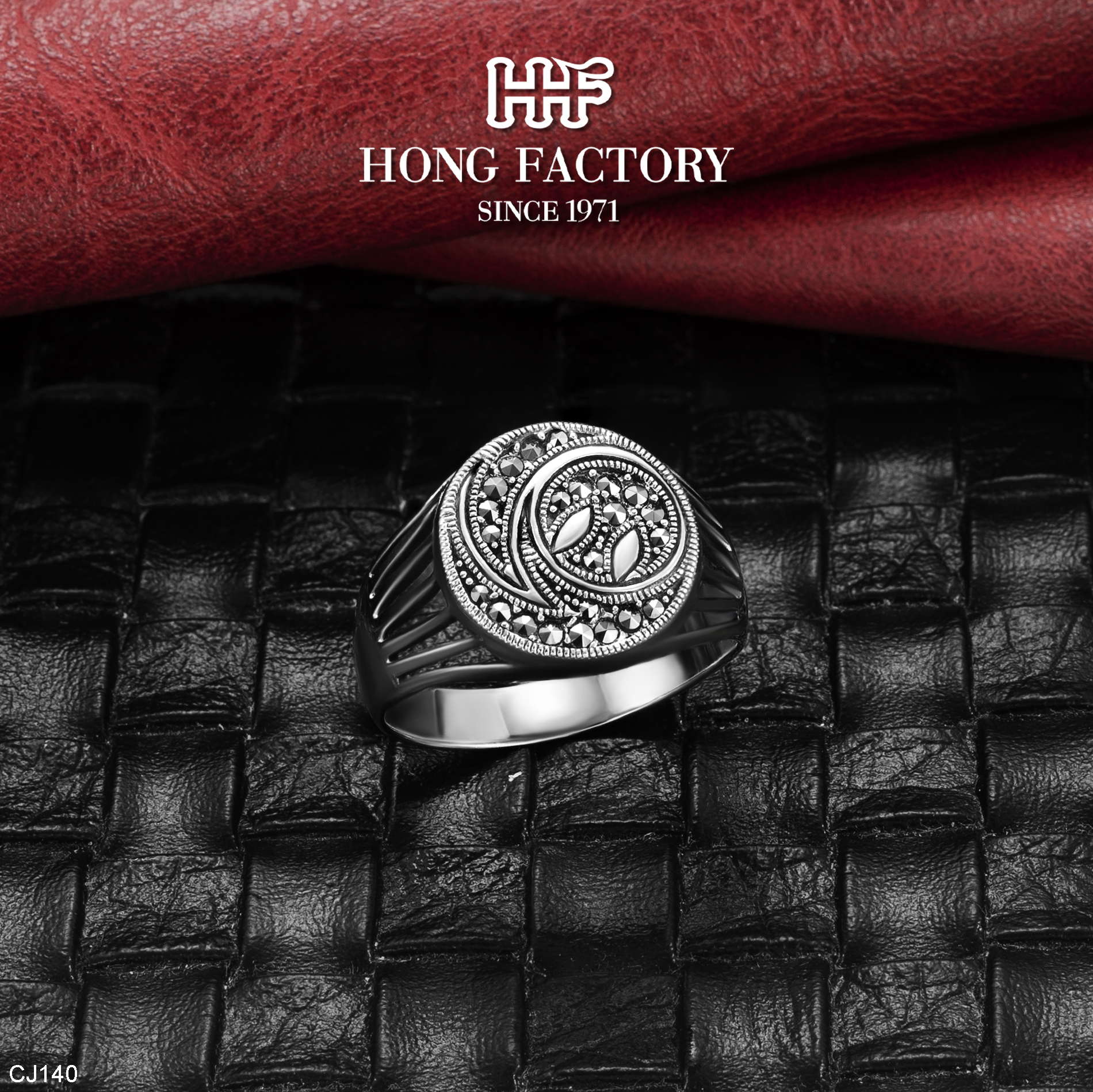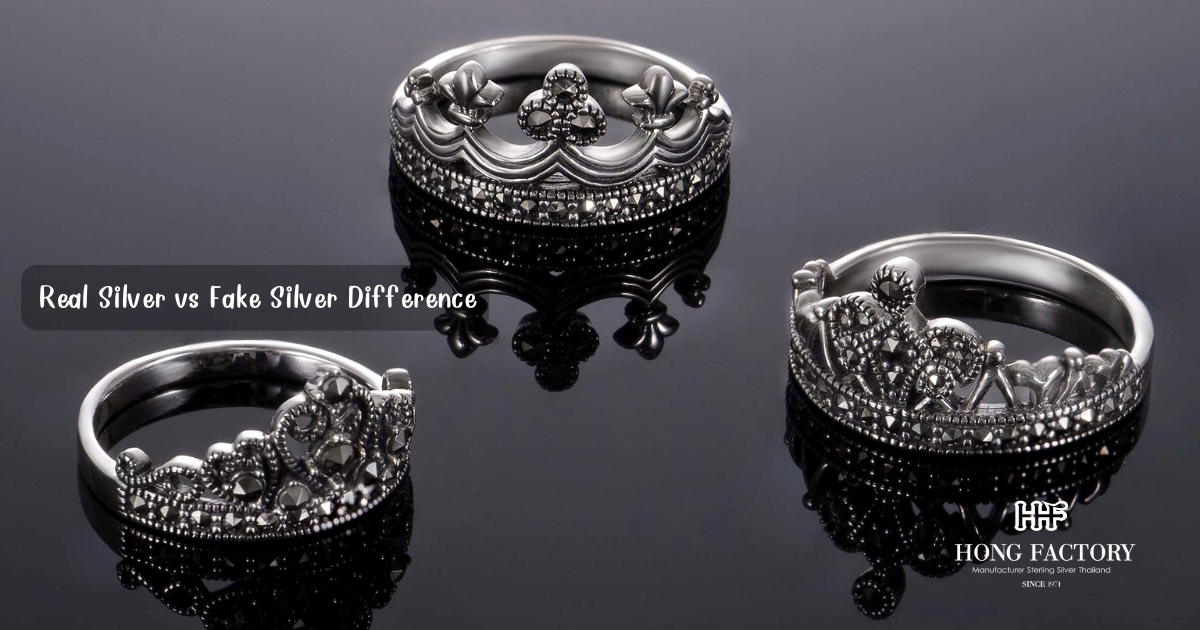Silver has long been admired for its timeless beauty, durability, and cultural value. However, in today’s market, not everything that looks like silver is truly authentic.
Many buyers encounter confusion when trying to distinguish between real silver and fake silver. By understanding the differences, you can make more informed decisions and ensure that your investment in silver jewelry or collectibles is genuine and worthwhile. sterling silver meaning

What is Real Silver?
The term real silver refers to authentic silver that contains a high percentage of the element silver (Ag). Pure silver is too soft to be practical for everyday use, so it is often alloyed with small amounts of other metals like copper to improve durability. The most common and trusted form of real silver used in jewelry is sterling silver, which contains 92.5% silver and 7.5% copper.
Real silver is known for its bright white luster, natural value, and ability to last for generations with proper care. Unlike silver-plated or imitation items, real silver holds intrinsic worth as a precious metal.
What is Fake Silver?
Fake silver refers to metals or items that appear silver in color but lack the genuine composition of real silver. These imitations can include:
- Silver-Plated Items: A thin layer of silver applied to a base metal like brass or nickel. The plating eventually wears off over time.
- Nickel or Chrome Alloys: Metals polished to mimic silver’s shine but without its intrinsic value.
- Low-Grade Alloys: Items with minimal silver content, often marketed misleadingly as silver.
Fake silver may look appealing at first, but it does not have the same durability, resale value, or long-lasting shine as real silver.
Key Differences Between Real Silver and Fake Silver
Understanding the differences can help you spot authentic silver:
- Composition: Real silver contains a high percentage of silver (usually marked as .925 for sterling). Fake silver often has no or very little silver.
- Hallmarks: Authentic silver usually has stamps such as “925,” “Sterling,” or “999.” Fake silver may lack proper marks or use misleading symbols.
- Durability: Real silver is durable but may tarnish naturally over time. Fake silver may corrode, chip, or fade quickly.
- Value: Real silver holds intrinsic value as a precious metal, whereas fake silver has little to no resale value.
- Weight and Feel: Real silver tends to feel heavier and cooler to the touch compared to imitation metals.

Testing Methods for Real Silver
If you’re unsure whether an item is made of real silver, several tests can help:
- Magnet Test: Real silver is not magnetic, while many base metals are.
- Hallmark Inspection: Look for authenticity marks like .925 or Sterling.
- Tarnish Check: Real silver tarnishes with exposure to air and sulfur, whereas fake silver may not change in the same way.
- Acid Test: Jewelers often use nitric acid tests to determine silver content.
- Professional Analysis: For valuable pieces, expert testing like X-ray fluorescence ensures authenticity.
Why Choosing Real Silver Matters
Investing in real silver offers multiple benefits:
- Long-Term Value: Real silver retains worth and can be passed down as an heirloom.
- Aesthetic Appeal: Its natural shine enhances jewelry and decorative items.
- Durability: With proper care, silver items can last a lifetime.
- Cultural Significance: Silver has been treasured for centuries for its symbolism of purity and prosperity.
Fake silver, by contrast, often loses its shine, wears out quickly, and provides no investment value.
Caring for Real Silver
To maintain the beauty and integrity of real silver:
- Store Properly: Use anti-tarnish bags or airtight containers.
- Clean Regularly: Polish with a soft cloth or use mild cleaners designed for silver.
- Avoid Chemicals: Keep silver away from chlorine, perfumes, and lotions.
- Wear Often: Surprisingly, wearing silver frequently can slow tarnish formation.
Knowing the difference between real silver and fake silver is essential for anyone who appreciates jewelry, collectibles, or investments in precious metals. Real silver provides lasting beauty, durability, and financial value, while fake silver only offers short-term shine. By learning how to identify and care for authentic silver, you can ensure that your collection or jewelry box reflects true quality and timeless elegance.
